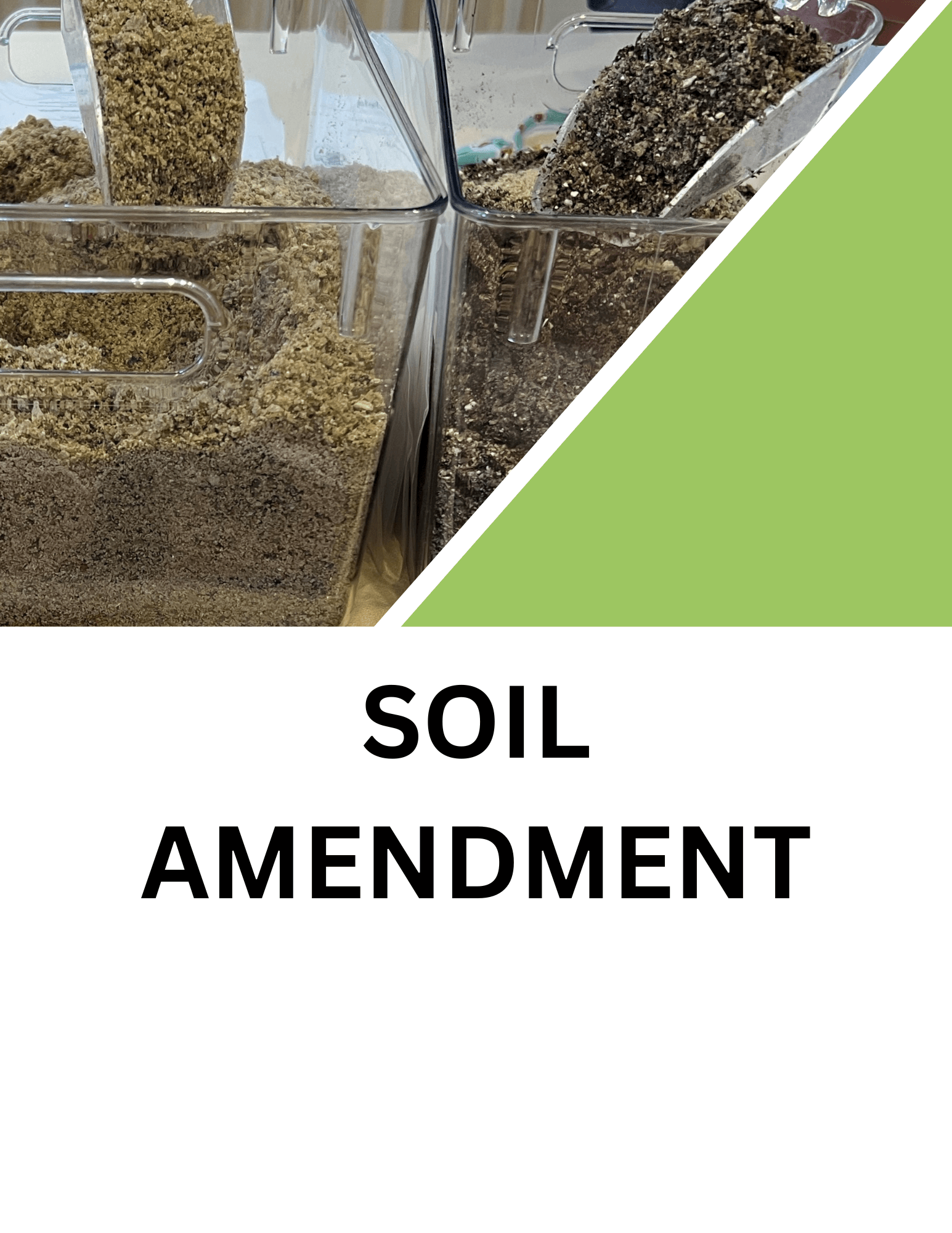Why Should Every Community Recycle Glass?
A better question might be, why throw glass away when so much energy has gone into creating such a valuable and reusable commodity?
But first, let’s talk about recycling glass as a local solution to a global problem.
Highly durable and non-biodegradable, unrecycled glass can persist in the local environment for hundreds or even thousands of years. Recycling glass diverts it from community landfills and incinerators, reducing strain on local waste management systems and the environment.
Glass began as sand and can easily be crushed back into cullet to make new bottles or pulverized into clean sand and aggregate. Recycled glass has a myriad of uses and efficient glass recycling should be in every community’s comprehensive waste management program.
Who Benefits From Recycling Glass?
Communities benefit from sustainable, and circular recycling program options that enable them to avoid landfill fees by diverting their waste glass to pulverizing/crushing hubs. Local glass can be crushed and shipped to bottlers and fiberglass manufacturers. Some local industries depend on clean sand and aggregates and would benefit from local feedstock.
Can Any Glass Be Recycled?
Many types of glass can be crushed/pulverized. Here’s a short list:
- Unsorted Glass Bottles, Whole or Broken
- Plate glass
- Ceramics
- Any Frangible Material
Who Could Use Pulverized or Crushed Glass Locally?
With the right Andela Pulverizer or Crusher system, a community can produce products that are valuable and easily handled, with no sharp edges, and in the correct size and gradations for:
- Construction Materials
- Soil and Compost Additives
- Wetlands and Coastal Restoration
- Road Maintenance and Friction Sand
- Water and Ground Filtration
- Landscaping
- Abrasives Blasting
Are there any EPA regulations/environmental impacts regarding your machines?
Our systems use 3-phase electrical motors. There are no fossil fuel emissions.
- The Andela Systems come with a misting system to suppress any glass dust. No need for a dust collector. The glass dust is amorphous silica, and not considered a hazardous dust by OSHA.
- The misting system keeps the fine dust particles from becoming airborne. The water used is minimal. A 55-gallon barrel is filled with water and used as needed with a misting pump to put a small amount of water into the system when pulverizing dry glass.
- The noise level is below 85 decibels during the regular operations. There is a noise spike when loading the infeed hopper with the bottles or waste glass.
- Depending on the local regulations, you may need an operating permit. Glass processing is sometimes considered a recycling facility, and other items a manufacturing facility.
What is the noise level during operation of a glass pulverizer system?
The Operating decibel estimates are for an operator standing near the equipment.
- The standard operating decibel of a pulverizer is only 75db, it is quiet because the crushing action is glass on glass impact inside the pulverizer.
- Loading of the surge hopper is the loudest at 100+db. It is just intermittent noise and is produced as the bottles fall onto the steel hopper. It can vary a bit depending on how far the bottles fall.
- The surge hopper running is 85db. (at about 15 ft. away) This is the bottle-on-bottle noise as it is pushed out onto the conveyor belt.
Is Glass Dust Safe To Breathe?
The glass dust is not bad for the lungs since it is amorphous silica.
- Regular sand creates crystalline silica dust. The silicon dioxide (SiO2) particles are tightly bound in a solid crystalline structure, and if inhaled can get stuck in the lungs where scar tissue forms causing lung damage (Silicosis).
- Glass sand is amorphous silica, not crystalline. The amorphous Silicon Dioxide (SiO2) have molecules that are moving very slowly, like a liquid. If glass dust particles are inhaled, they do not get stuck in the lungs, but our bodies can absorb them without forming scar tissue. There is no lung damage and safe to breathe.
- Glass dust is not considered unsafe by OSHA, but recommends hand or mouth coverings that can be used as appropriate for a nuisance dust.
Is the finished sand product suitable for beach restoration?
You can use the Andela Pulverizer systems to make sand for beach restoration.
- The particles are subangular to round, without sharp edges.
- One option is to put the pulverized sand/aggregate into recycled burlap coffee bags and use them like Glass Half Full to make berms that reduce erosion, restore marshlands, wetlands, or mangroves.
- To put directly on the beach as a sand replacement, the pulverized glass needs to be screened to smaller than 2-3mm particles. An Andela pulverizer system with a two screen trommel is required. The first screen (2-3 mm size) will filter out a finer sand for beach use. The second screen (11mm size) produces gravel size aggregate for other uses or to be re-circulated through the system to make all glass sand. Non-glass debris (caps, labels, plastics) comes out of the end of the trommel screen.
What Machine or System Does My Community Need to Recycle Glass?
Glad you asked! There are many variables to consider. To learn more, submit a contact form or call (315) 858-0055




How Can I Recycle Glass?
Andela Products offers a variety of glass crushing and pulverizing machines that make glass recycling an easy and efficient process. Check out our complete systems to learn which system is the best suited for your needs.

